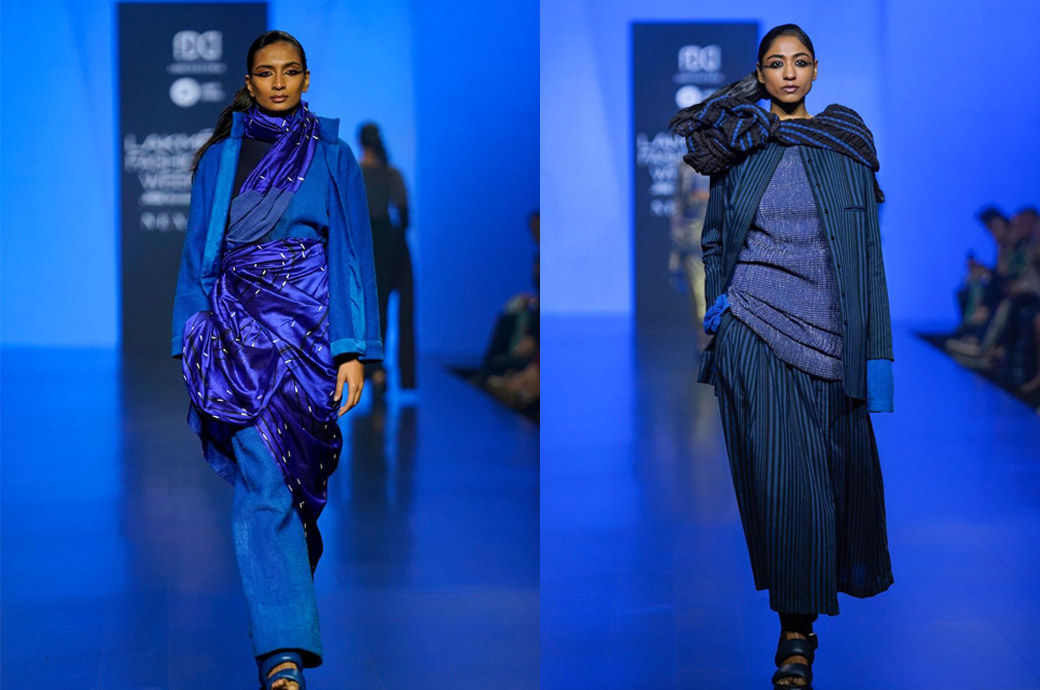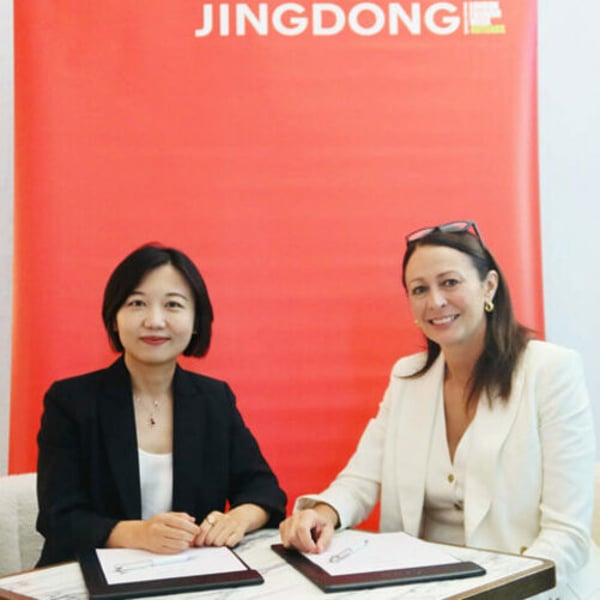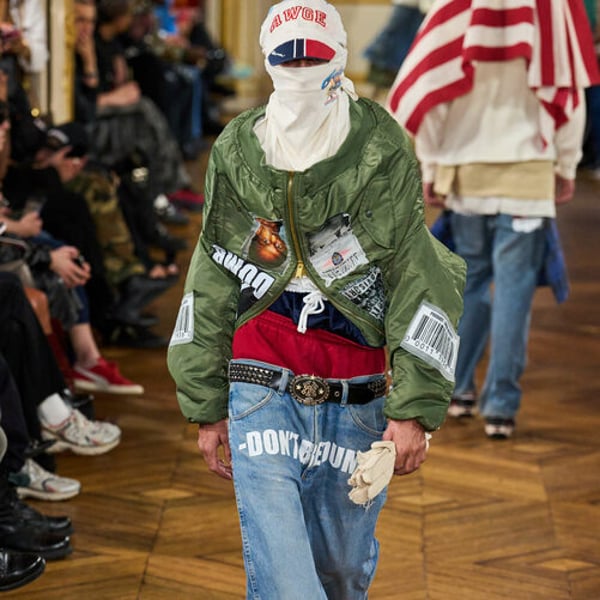However, without sufficient resources and industrial coordination, progress has slowed, the survey report noted.
Among the brands surveyed, 70 percent said they have a sustainability team that addresses innovative materials; 48 percent indicated they have an innovation team or financial resources allocated specifically for materials innovation.
In a survey conducted by Sustainabelle Advisory Services, all suppliers, 85 percent of brands and 95 percent of investors indicated they were actively engaged or looking to engage in the adoption of next-generation materials. The fashion industry can achieve a paradigm shift where such innovations follow similar growth trajectories to climate technology sectors.
Of the total suppliers surveyed, 63 percent reported having a dedicated research and development (R&D) team focused on innovative materials, including sustainability and innovation, and the financial resources to allocate to materials innovations.
The fashion industry can achieve a paradigm shift where next-generation material innovations in fashion follow similar growth trajectories to climate technology sectors such as solar energy and electric vehicles, resulting in lower costs through regulatory support, investment and economies of scale, improved performance through R&D partnerships and resulting in accessibility for consumers globally, the report notes.
Despite an uncertain economic climate that is dampening the investment and retail landscape, there are strong drivers that make the transition to next-generation innovations in the fashion sector almost certain, he noted.
Fashion for Good estimates that there are more than 650 innovations in the field of materials innovation and recycling, up from 130 in 2017, an increase of 400 percent. Together, these innovators have raised €1.19 billion in investments since joining the Fashion for Good programme.
According to the report, obstacles related to price, performance and implementation continue to block adoption. Perceived lack of commitment and resistance to changing the status quo were also identified as significant barriers that add another layer of difficulty.
The survey identified three priority areas for creating a path to industry scalability: information creation, R&D optimization and tackling financing.
There is a need to focus on alignment and standardization through industry cooperation and transparency, R&D optimization through supplier partnerships and shared resources, and catalytic public and private funding opportunities, the report notes.
The biggest obstacles innovators face in securing funding are investors’ limited knowledge of the fashion industry, technological risks associated with scaling, and poor timing of funding.
Innovators in the alternative leather space face unique challenges. They are more likely to face challenges related to the crowded landscape than other innovative groups (more specifically, as a major barrier to investment) and are also associated with a higher likelihood of securing partnerships and supply agreements, he noted.
Innovators working on circular solutions (recycling technologies) said limited data to report impact was the main challenge they faced in securing funding.
A correlation analysis revealed that companies struggling with limited information to report impact also tend to lack sufficient internal resources to develop financial projections or business plans.
Innovators working in dyes and finishes were the only group of respondents to include beauty and chemicals among the top five most applicable sectors. They were also the only category of innovators to cite the technological risk associated with scaling innovation as the top barrier to obtaining funding.
Innovators working in biomaterials were the only group to cite supply chain resistance to changing the status quo as the main obstacle to strategic partnerships (as opposed to premium pricing) and limited investor knowledge of the fashion industry as a major barrier to securing funding, the report added.
Fibre2Fashion (DS) Press Desk












